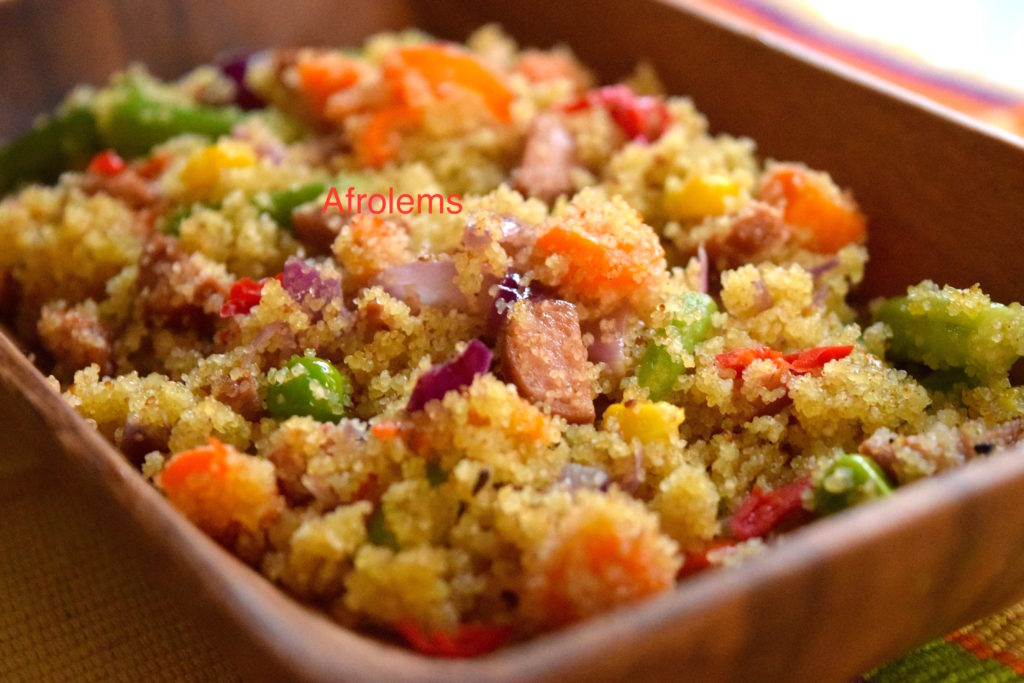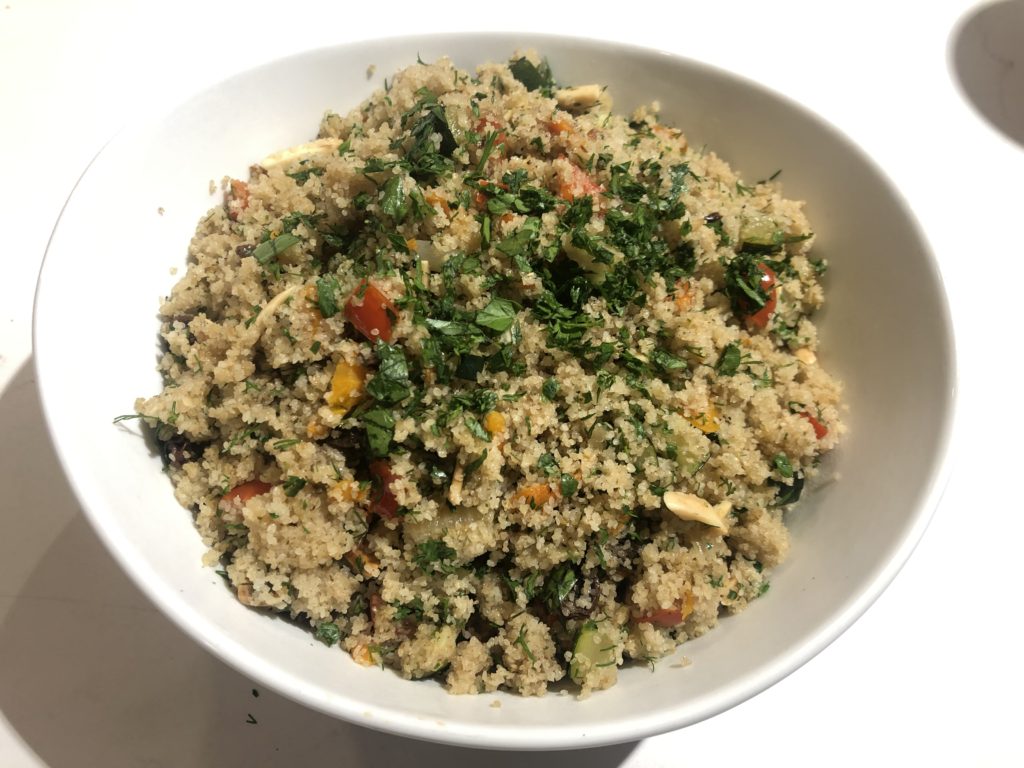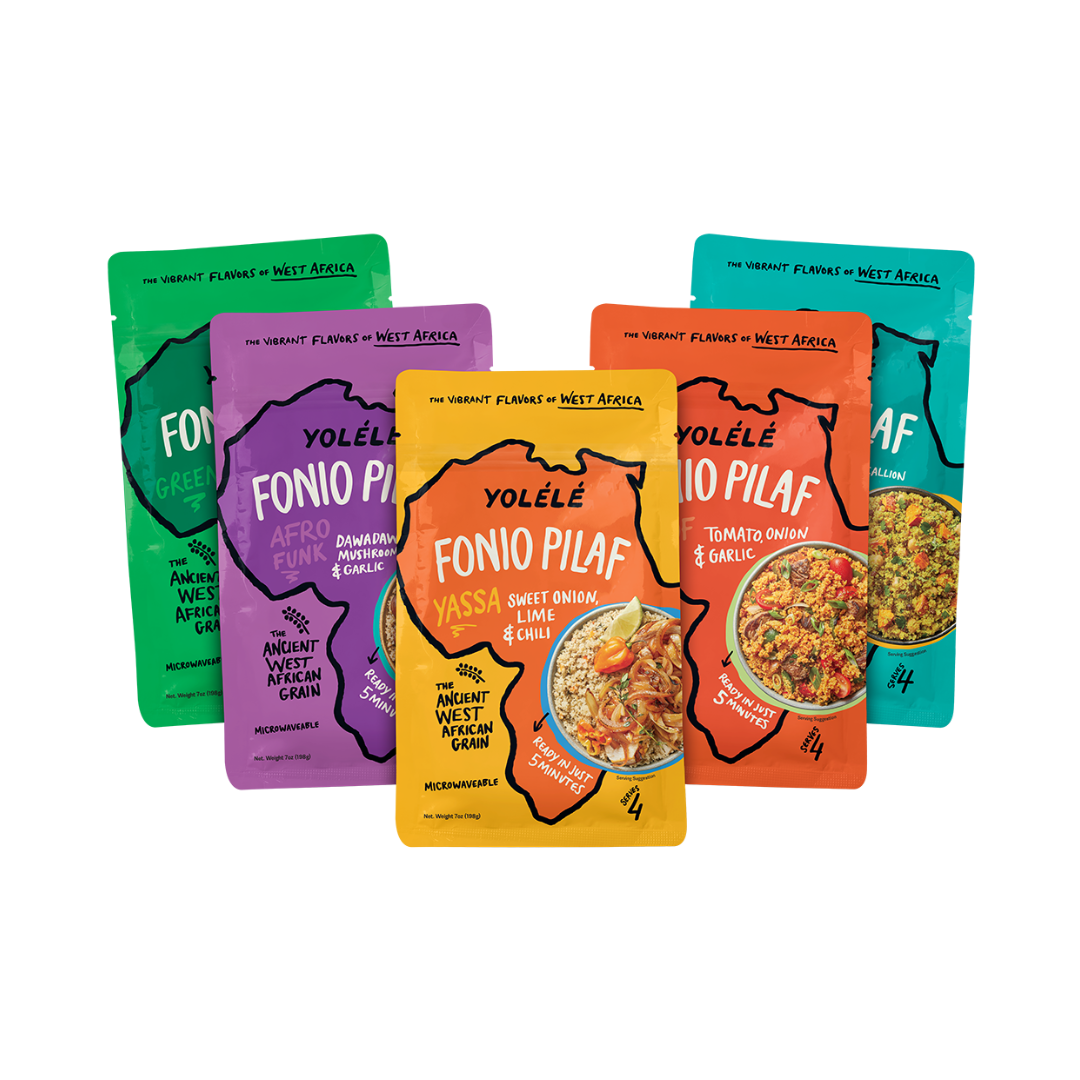Fonio
acha
Fonio, also sometimes called findi or acha, is the term for two cultivated grasses in the genus Digitaria that are important crops in parts of West Africa. It is a vital food source in many rural areas, especially in the mountains of Fouta Djalon, Guinea, but it is also cultivated in Mali, Burkina Faso, Ivory Coast, Nigeria, and Senegal. The global fonio market was estimated at 721,400 tonnes in 2020. Guinea annually produces the most fonio in the world, accounting for over 75% of the world's production in 2019. The name fonio is from Wolof foño. In West Africa, the species black fonio (Digitaria iburua) and white fonio (Digitaria exilis) are cultivated; the latter is the economically more important crop. Fonio is a glumaceous monocot belonging to the grass family Poaceae and the genus Digitaria. While hundreds of these crabgrass species exist, only a few of them are produced for their grains. It is a small annual herbaceous plant with an inflorescence containing two or three racemes. The racemes have spikelets grouped in twos, threes, or fours, with a sterile and a fertile flower producing the fonio grain. Fonio has a short growing season and is well adjusted to harsh environments. The size of its root system, which can extend down to more than one meter in depth, is advantageous in periods of drought and helps with its adaptation to poor soils. Once considered a humble and often overlooked grain commonly known as the "cereal of the poor," fonio is now gaining attention in urban West Africa. Its unique cooking properties and nutritional benefits are sparking renewed interest in this once underrated staple. White fonio, Digitaria exilis, also called "hungry rice" by Europeans, is the most common of a diverse group of wild and domesticated Digitaria species that are harvested in the savannas of West Africa. Fonio has the smallest seeds of all species of millet. It has potential to improve nutrition, boost food security, foster rural development, and support sustainable use of the land.
Source: Wikipedia
Recipes

Recipe: Senegalese Lamb Shank with Peanut Sauce on Fonio Pilaf - Burnt My FingersBurnt My Fingers

Fonio Porridge - Traditional Nigerian Recipe | 196 flavors

Fonio Breakfast Porridge | Maya Feller Nutrition

Fonio, Grilled Lamb Chops & Asparagus with Mafé Sauce | The Splendid Table

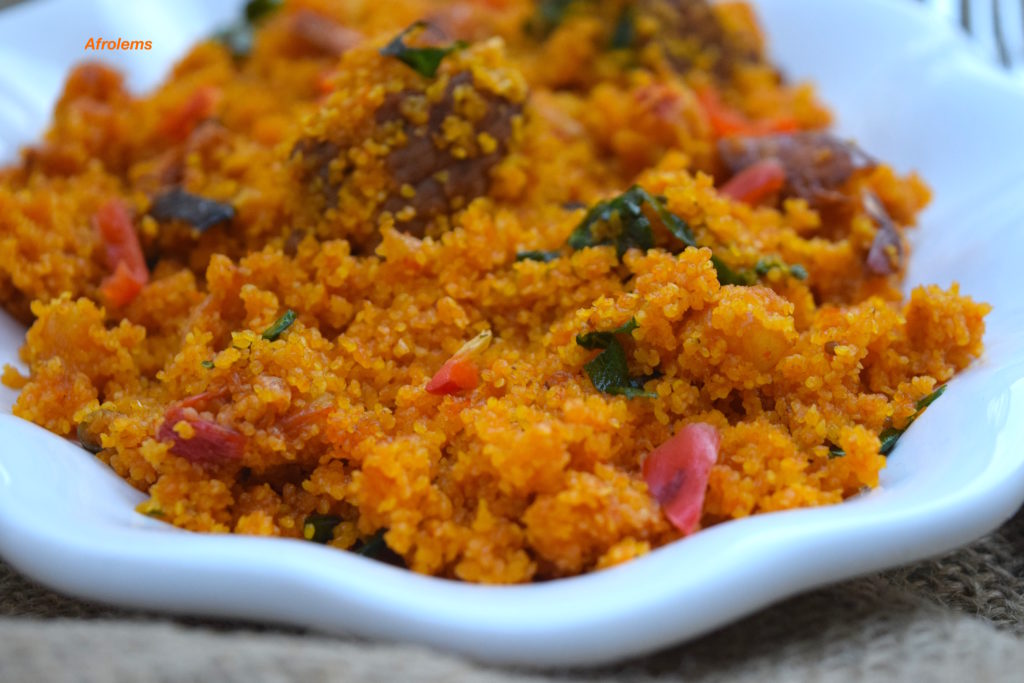
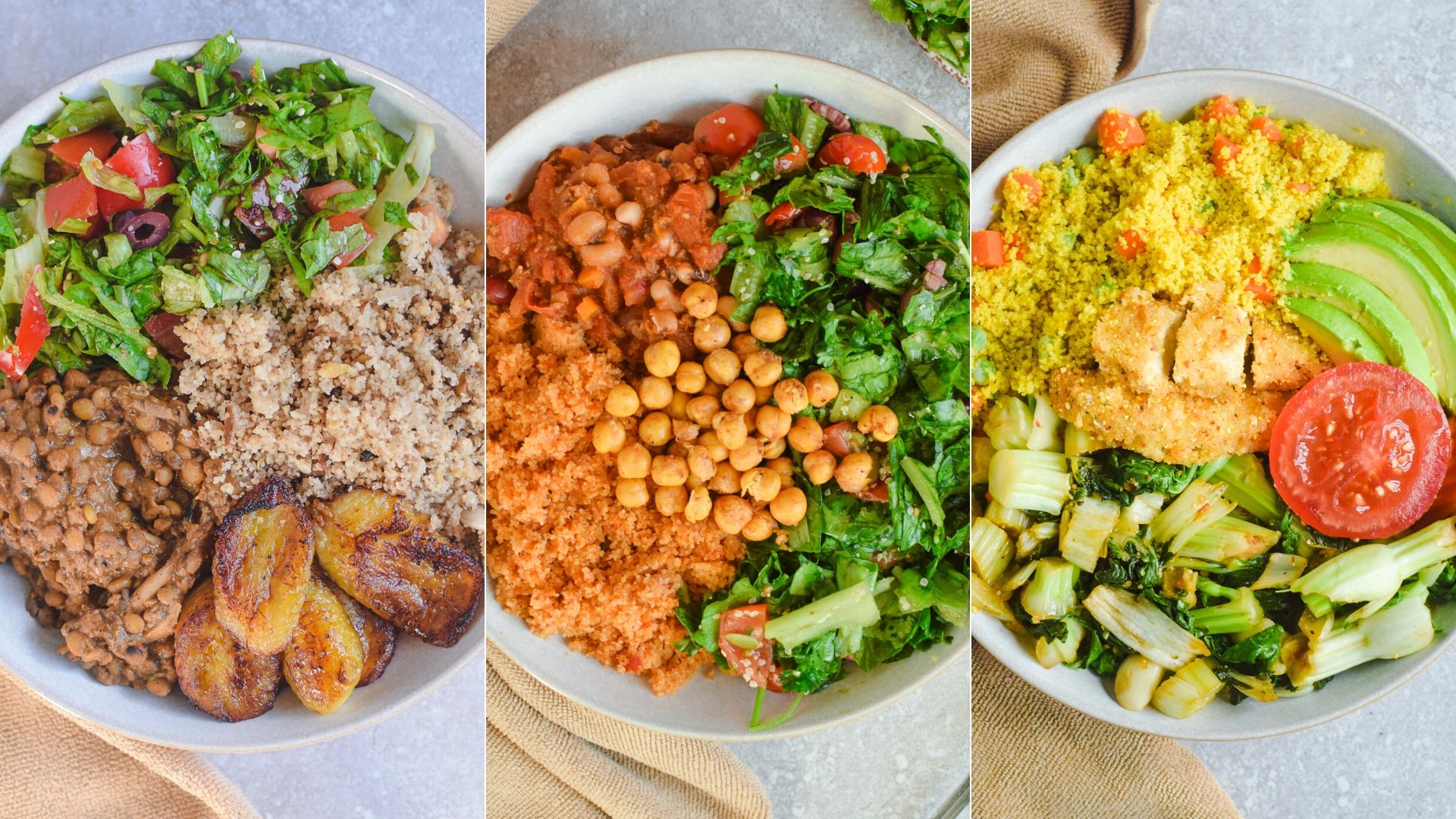


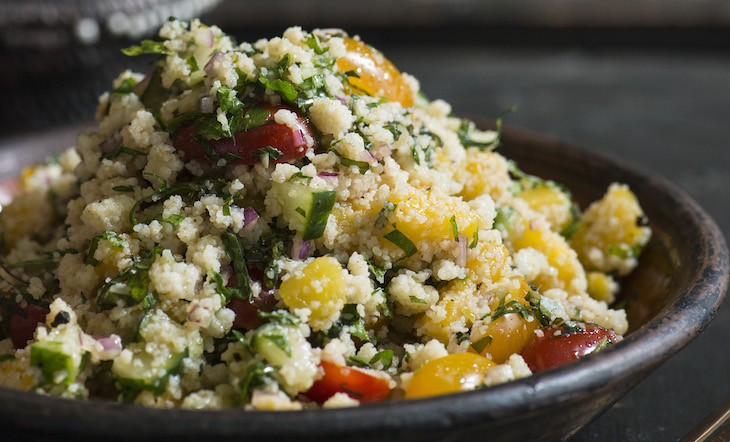




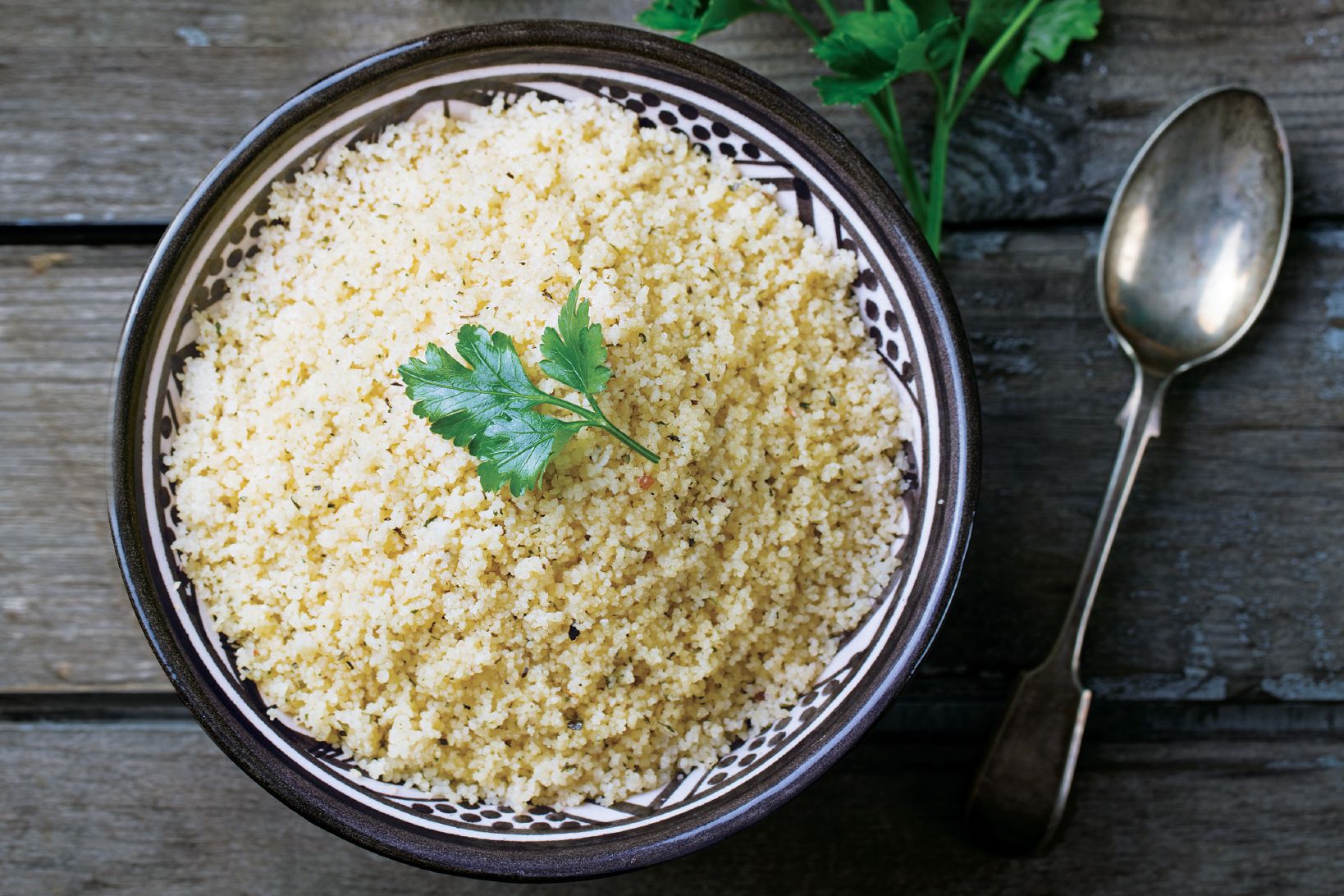
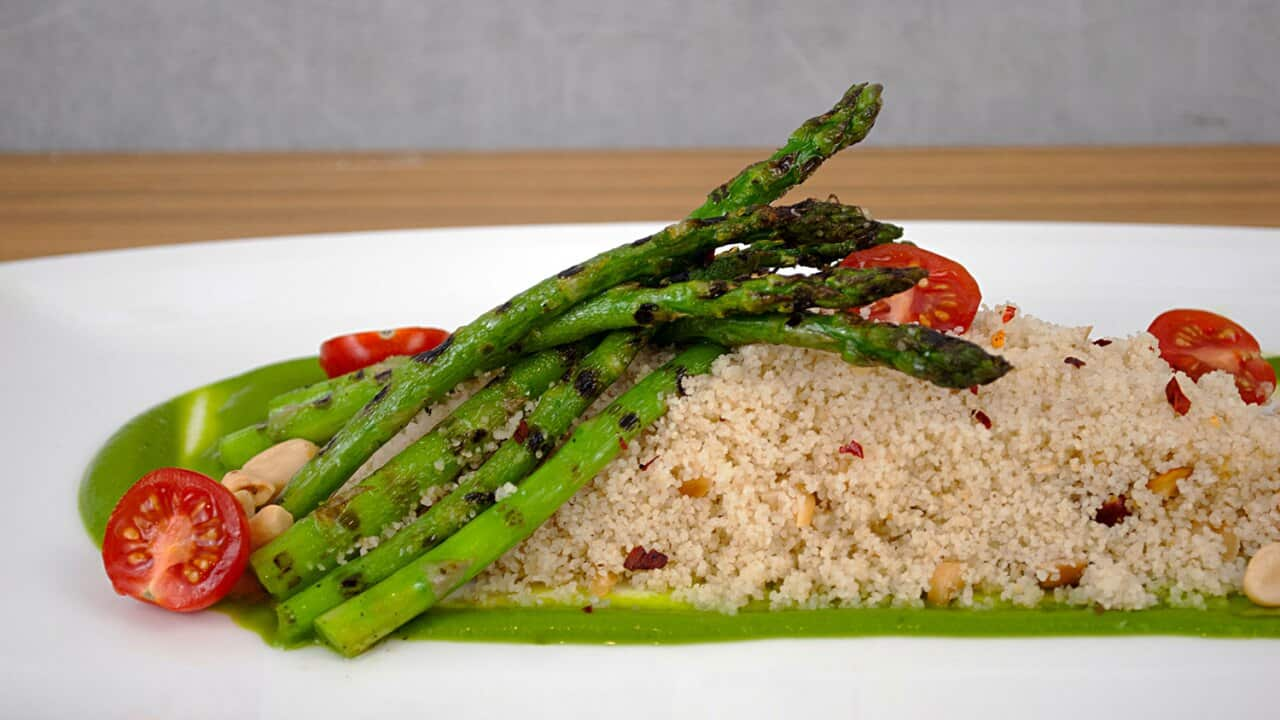


:max_bytes(150000):strip_icc()/6326114-ac74a70f78f6482f8a8c4d9348e8b2b1.jpg)


